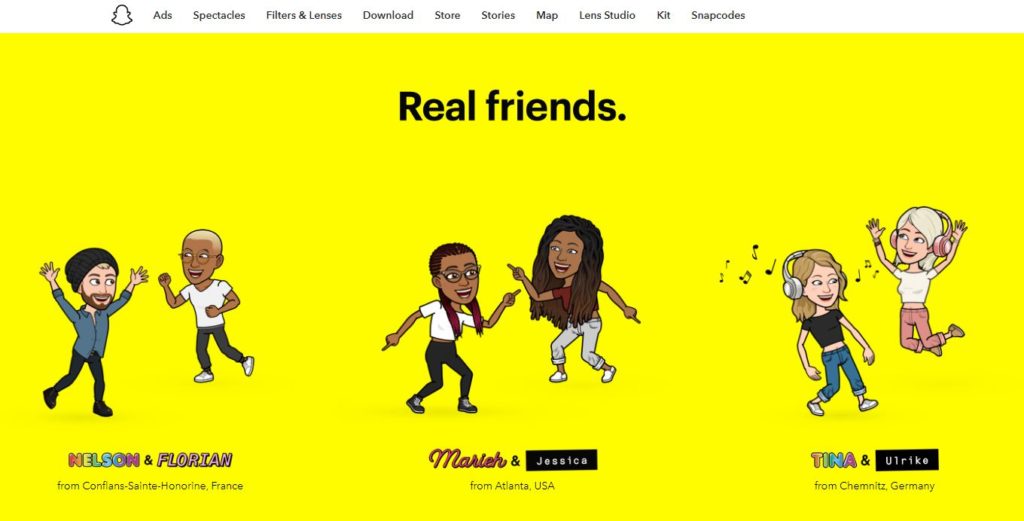When you hear AR and AI, what do you think they are?
AR and AI are two tech words that are raving up the design space. Businesses, as well as consumers are spending a lot of money on new, exciting and trendy technologies, for example; smart watches.
Very soon, designers won’t have a choice but to learn how to design AR and AI apps to stay ahead of the ever revolving curve.
Truth is, there is very little information about AR and AI because the technologies are still in its early stages.
Sometimes, it can be quite scary to learn new things, so first, let’s understand the basic meaning of the following:
- AR: Augmented Reality
- AI: Artificial Intelligence
This isn’t a case of AR vs AI.
These terms are independent technologies in their own right and space.
So, let’s start with augmented reality (AR).
Augmented Reality (AR)
Just for proper understanding (We believe explaining AR in technical terms may not help everybody, so we’d focus on the basics), we would explain AR with an example – Snapchat.
Sure, Snapchat is a social media app very popular among the younger generation. But did you know that it’s also an AR application? Those creative-face filters showcase AR at work.
So what better example?
Brands can incorporate Snapchat marketing and AR into their digital strategy by investing in branded filters. Find out more about how to use Snapchat and other digital tools to promote your business.

Do you know what works best for Augmented reality?
It is when the user doesn’t have to learn a new trick. Take advantage of recent technology the user already knows how to use, that is, device camera, maps, etc).
In conclusion, we recommend that you download and use AR apps, like Google Translate – the more you get conversant with AR as a user, the easier it would be to design them.
Further Reading
- TOP 10 Best Augmented Reality Apps for 2020
- AR meets AI
- 6 Ways Augmented Reality is Changing UX
- How AR and AI are changing E-commerce & Customer Experience
Artificial Intelligence (AI)
Artificial intelligence is a whole different ball game.
While AR involves interacting with the real world in a different way, AI is about systems learning how to solve problems that users have been struggling to solve themselves.
It’s all about machines learning things.
Imagine selecting your favorite Spotify artist, and Spotify is using this information to select what you enjoy listening to, which would obviously be faster when you’re looking to discover new music. Definitely intelligence speaking!

Artificial intelligence can be really creepy sometimes. Anybody who has ever asked Spotify, in their head of course, “Hey, how did you know I wanted to listen to that song?” will understand this.
Further Reading
- Artificial Intelligence 101
- 7 Impacts of Artificial The Intelligence Technology
- What Makes a Great UX of AI?
- 9 Powerful Examples of AI in use today
Conclusion
UX designers need to know about these technologies if they want to stay ahead of the game.
Not that we have mastered the fundamentals of UX, but these concepts are really not new and we all should start getting familiar with what users need at the moment.
Augmented reality and Artificial Intelligence wearables are the top dogs now, and designers need to quickly learn how to ride their asses completely!

